POPULATION
12,400,232
CURRENCY
BRAZILIAN REAL
TIME ZONE
GMT -3:00
LANGUAGE
PORTUGUESE
WEATHER
JULY 19ºC /
JANUARY 25ºC
AIRPORTS
São Paulo-Guarulhos International Airport
HISTORICAL IMPORTANCE OF SAO PAULO
São Paulo holds immense historical importance as one of Brazil's oldest and most influential cities. Founded in 1554 by Jesuit missionaries, São Paulo initially served as a small settlement but rapidly grew into a major economic and cultural center. Throughout its history, the city played pivotal roles in Brazil's development, from its role in the bandeiras expeditions during the colonial period to becoming a key hub for coffee production and industrialization in the 19th and 20th centuries. São Paulo's growth attracted waves of immigrants from Europe, Asia, and other parts of Brazil, shaping its multicultural identity and contributing to its status as a melting pot of cultures. Today, São Paulo stands as the country's financial capital, a bustling metropolis known for its dynamic arts scene, architectural landmarks, and vibrant cultural heritage, reflecting its enduring significance in Brazil's past and present.
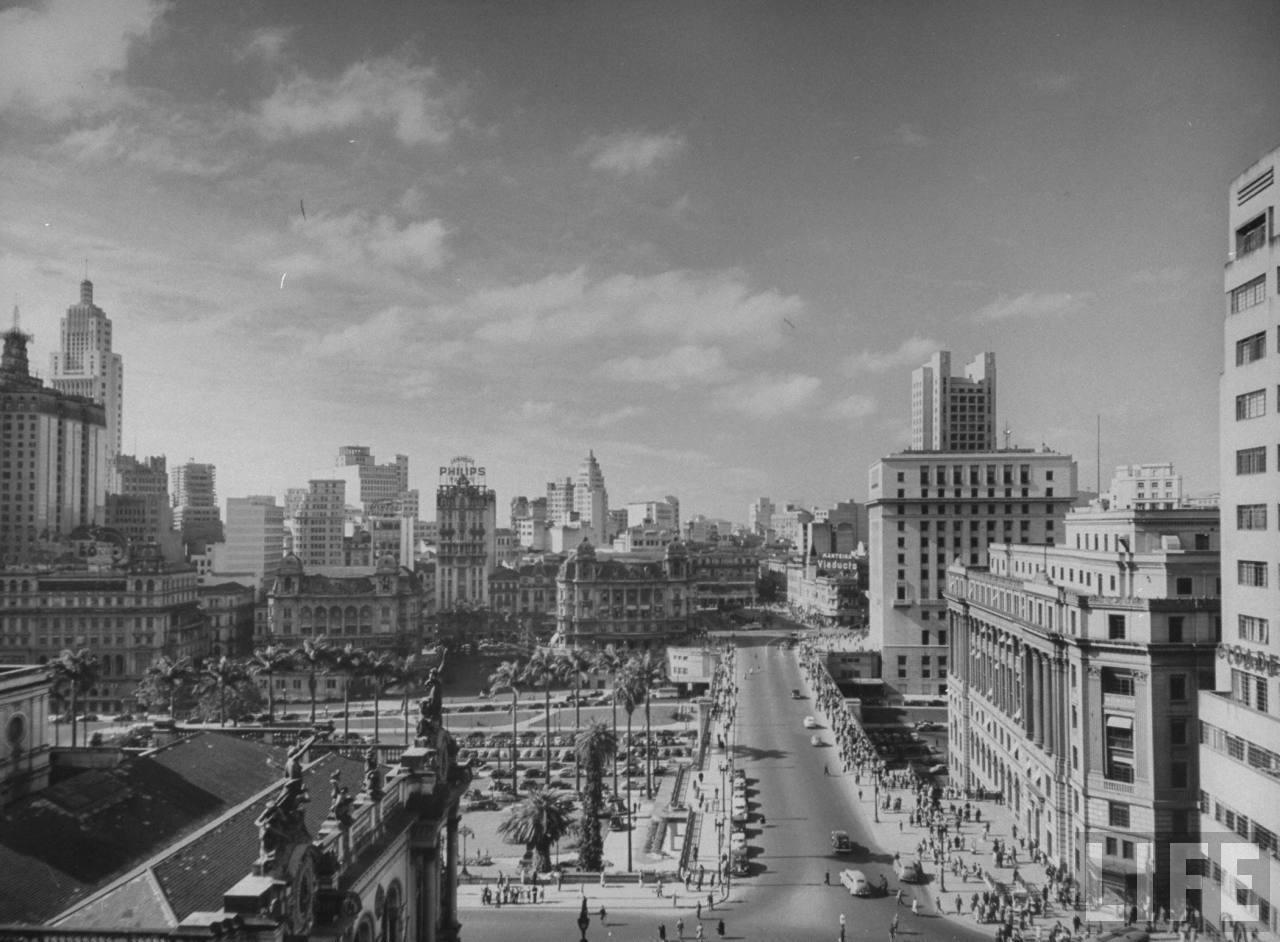
LARGEST CITY IN SOUTHERN HEMISPHERE
São Paulo holds the distinction of being the largest city in the Southern Hemisphere, both in terms of population and urban area. With a metropolitan population exceeding 20 million people and a vast urban sprawl covering over 1,500 square kilometers, São Paulo stands as a bustling hub of commerce, culture, and diversity. Its sheer size and economic significance make it a powerhouse not only within Brazil but also across the Southern Hemisphere, influencing regional dynamics and serving as a magnet for migration and investment. The city's growth has been fueled by its role as Brazil's financial and industrial center, attracting people from all over the world and contributing to its vibrant cosmopolitan character.
THE BEST TIME TO VISIT SAO PAULO
The best time to visit São Paulo is during the city's dry season, which typically runs from May to October. During these months, São Paulo experiences mild temperatures with lower humidity and minimal rainfall, making it pleasant for outdoor activities and sightseeing. July and August are particularly popular months for tourists due to the comfortable weather. However, it's important to note that São Paulo's climate can be unpredictable, so it's always wise to check weather forecasts before planning your trip. Additionally, São Paulo hosts various cultural events and festivals throughout the year, offering unique experiences for visitors interested in art, music, and Brazilian culture.
TRANSPORTATION TO SAO PAULO
São Paulo, as Brazil's largest city and a major international hub, offers various transportation options for travelers. São Paulo-Guarulhos International Airport (GRU) is the primary gateway, serving numerous international and domestic flights. Congonhas Airport (CGH) handles domestic flights and is conveniently located closer to the city center. From both airports, travelers can access São Paulo's extensive public transportation network, including buses and the São Paulo Metro, which connects key areas of the city. Taxis and ride-hailing services are also readily available for convenient travel within São Paulo. For those arriving by bus or car, São Paulo is well-connected by highways and bus terminals linking it to other cities across Brazil and neighboring countries.
LARGEST JAPANESE COMMUNITY OUTSIDE OF JAPAN
São Paulo is home to the largest Japanese community outside of Japan, making it a significant cultural and demographic presence within the city. This community, primarily concentrated in the Liberdade district and surrounding areas, traces its roots back to the early 20th century when Japanese immigrants began arriving in Brazil. Today, São Paulo's Japanese-Brazilian population contributes richly to the city's cultural tapestry, influencing cuisine, festivals, and traditions. The Liberdade district is renowned for its Japanese restaurants, markets selling Asian goods, and vibrant annual events such as the Tanabata Festival and the São Paulo Japanese Festival. This community's integration has strengthened cultural ties between Brazil and Japan, fostering a unique blend of Brazilian and Japanese heritage in São Paulo's multicultural landscape.
THINGS TO DO AND PLACES TO VISIT
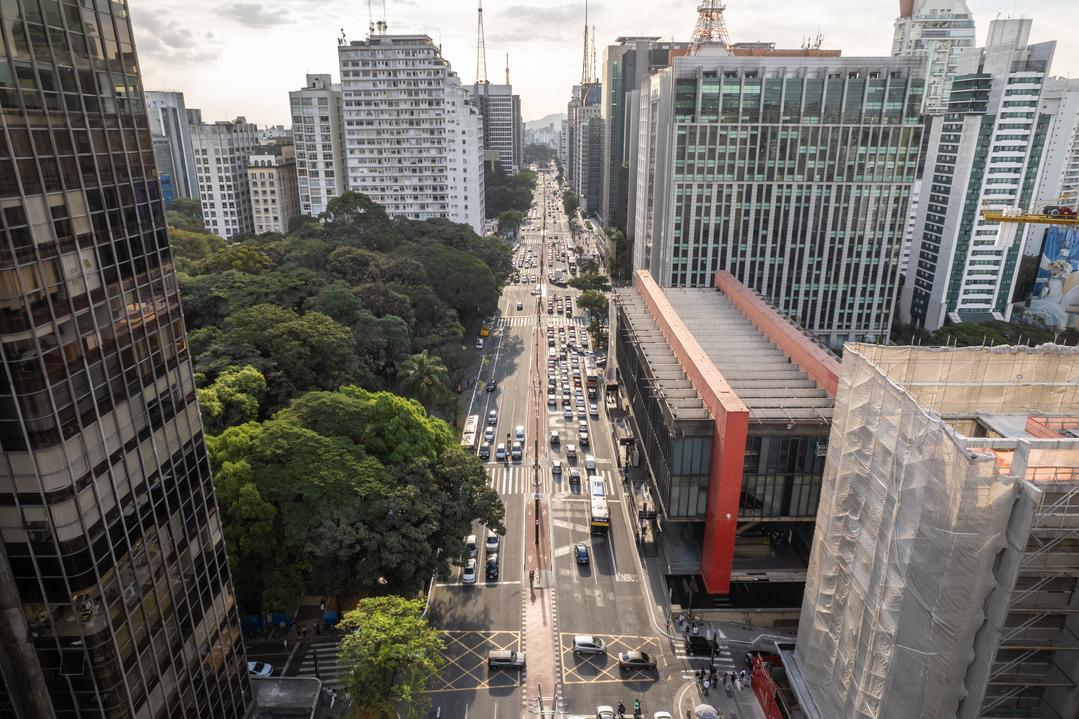


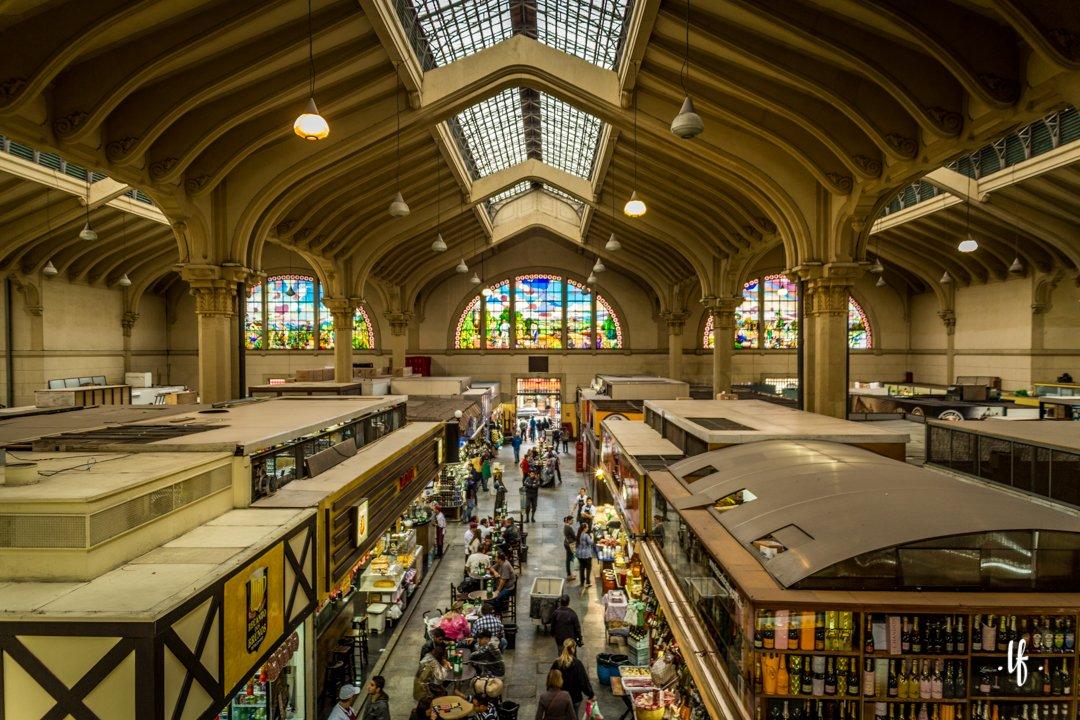
WHAT TO EAT IN SAO PAULO
:max_bytes(150000):strip_icc()/20230913-SEA-Churrasco-Steak-AmandaSuarez-hero-2-ce2dcb9c7af944e5934ef94c932fef82.jpg)
CHURRASCO
Churrasco is a traditional Brazilian barbecue style that holds deep cultural significance across the country, particularly in regions like São Paulo. It involves grilling various cuts of meat, typically beef, pork, chicken, and sausages, over an open flame or charcoal grill. The meats are often seasoned with rock salt and sometimes marinated to enhance flavor. Churrasco is not just a meal but a social event, where friends and family gather to enjoy the grilled meats served rodizio-style—continuous tableside service of skewers brought to each diner by passadores (meat waiters). It's accompanied by sides such as farofa (toasted cassava flour), rice, beans, and salads, creating a festive and indulgent dining experience that celebrates Brazilian culinary traditions and hospitality.
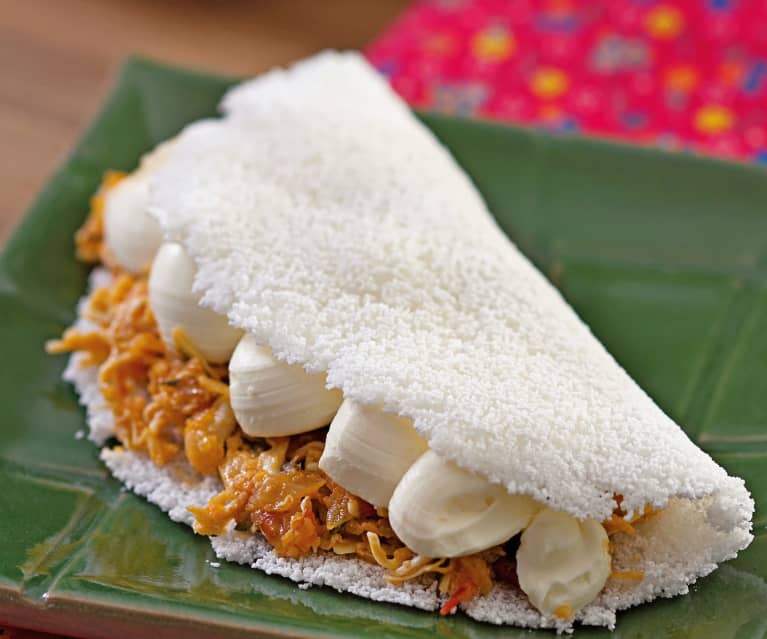
TAPIOCA
Tapioca in Brazil refers to a popular food made from cassava root, known locally as "mandioca" or "aipim." It's a versatile ingredient used in various forms throughout Brazilian cuisine. Tapioca is most commonly known for its use in making tapioca pearls or flour, which are gluten-free alternatives used in baking and cooking. In northeastern Brazil, tapioca flour is used to make a traditional breakfast or snack called "tapioca," which is similar to a crepe. The flour is hydrated with water and then heated on a hot griddle until it forms a flat, thin pancake. It's then filled with a variety of ingredients, such as cheese, coconut, chocolate, or savory fillings like shredded chicken or carne de sol (sun-dried beef). Tapioca is loved for its light, chewy texture and its ability to be customized with both sweet and savory flavors, making it a beloved staple in Brazilian cuisine.

PASTEL
Pastel is a popular Brazilian street food that originated from Portuguese cuisine. It consists of thin pastry dough, usually rectangular or half-moon-shaped, filled with a variety of savory ingredients and then deep-fried until crispy. The filling options for pastel are diverse and can include ingredients such as ground meat (carne moída), cheese (queijo), shrimp (camarão), hearts of palm (palmito), and more. Pastel is often enjoyed as a quick and affordable snack found at street markets, fairs, and pastelarias (specialty shops). It's typically served hot and crispy, often accompanied by spicy pepper sauce or a squeeze of lime juice for added flavor. Pastel has become a beloved part of Brazilian culinary culture, offering a delicious and portable option for a quick bite any time of day.
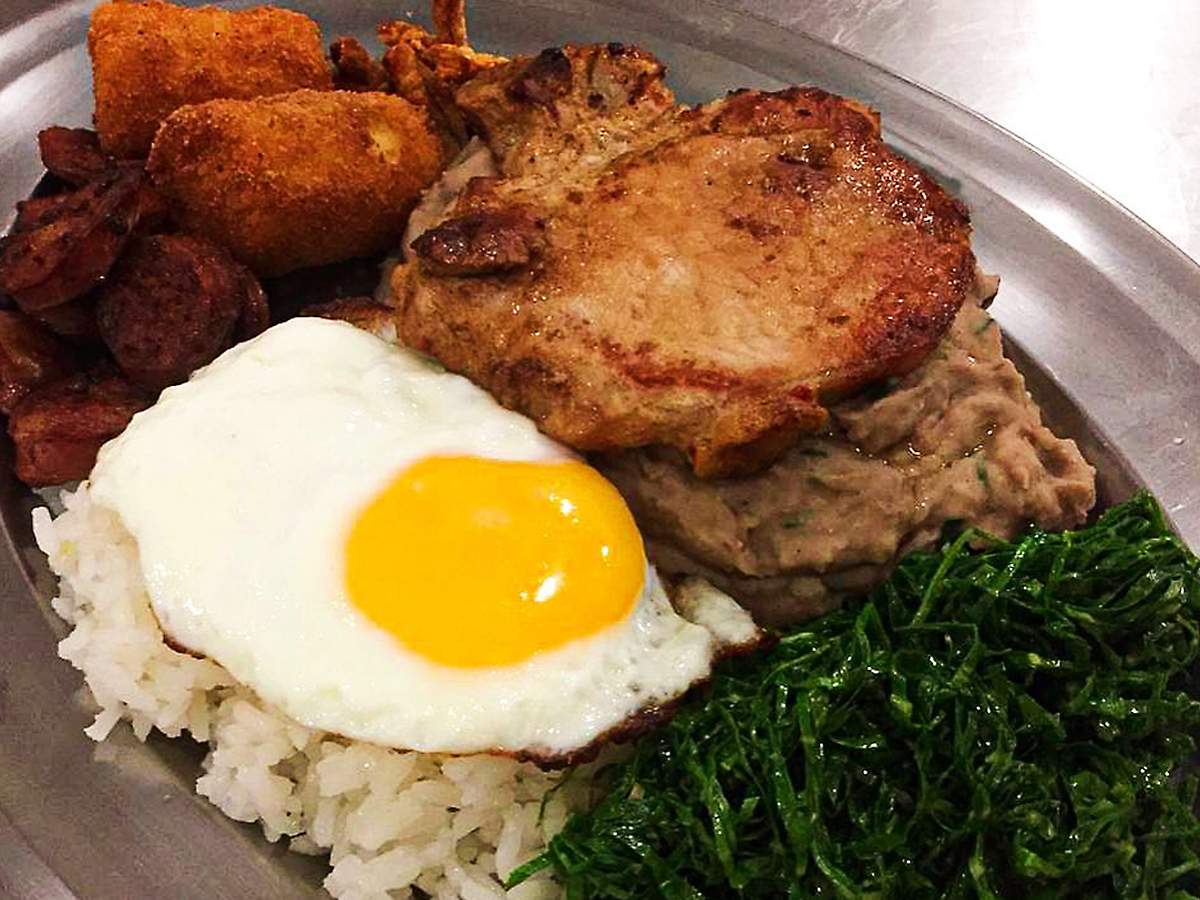
VIRADO A PAULISTA
Virado à Paulista is a traditional dish from São Paulo state, Brazil, known for its hearty and flavorful combination of ingredients. It typically consists of rice, tutu de feijão (a thick bean puree made from black beans), slices of bisteca (pork chops or beef steak), fried banana, sautéed collard greens, and pork cracklings. The dish reflects the region's agricultural and culinary heritage, blending Portuguese, indigenous, and African influences. Virado à Paulista is enjoyed for its satisfying mix of textures and savory flavors, making it a beloved comfort food that showcases São Paulo's rich culinary traditions.
:strip_icc()/i.s3.glbimg.com/v1/AUTH_59edd422c0c84a879bd37670ae4f538a/internal_photos/bs/2023/u/M/JhRzrCRXKboRofHMM9yA/bauru-2-1.jpg)
BAURU
Bauru is a popular Brazilian sandwich named after the city of Bauru in São Paulo state, where it originated. This sandwich typically consists of a French bun (often called "pão francês" in Brazil) sliced horizontally and filled with roast beef, melted cheese (usually mozzarella), sliced tomatoes, and pickles. Some variations may include additional ingredients like mayonnaise, lettuce, and sometimes ham or bacon. Bauru sandwiches are usually grilled or pressed to melt the cheese and warm the ingredients, creating a delicious and hearty snack or meal. The sandwich is beloved across Brazil and has become a staple in many local bakeries, restaurants, and snack bars, offering a satisfying blend of savory flavors and textures.
HOW MANY DAYS SHOULD YOU SPEND IN SAO PAULO?
The ideal duration to spend in São Paulo depends on your interests and travel plans. For a comprehensive experience, including exploring the city's cultural attractions, dining scene, and nearby day trips, a stay of at least 3 to 4 days is recommended. This allows time to visit iconic landmarks like Paulista Avenue, São Paulo Museum of Art (MASP), and Ibirapuera Park, as well as enjoy the vibrant nightlife and culinary delights the city offers. Additionally, São Paulo's proximity to nearby destinations like Santos (coastal city), Campos do Jordão (mountain retreat), and the historic towns of São Roque and Embu das Artes provides opportunities for enriching day trips. Adjust your itinerary based on your preferences, ensuring you have enough time to immerse yourself in São Paulo's diverse cultural and urban experiences.
